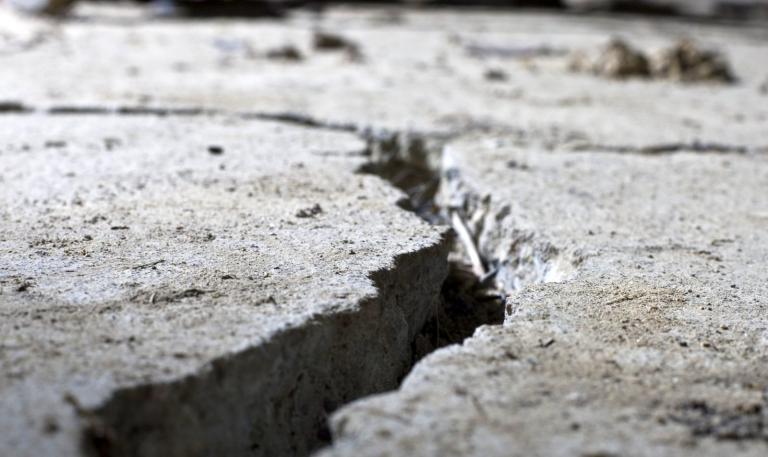China and the U.S. continued their climate-protecting love affair Wednesday, agreeing to cooperate on five initiatives to reduce their greenhouse gas emissions.
The initiatives range “from bread-and-butter steps, such as boosting building efficiency, to what officials said would be a leading-edge effort to improve the technology for capturing carbon as it is released from power plants,” reports The Washington Post.
Wednesday’s announcement follows an agreement struck last month during meetings between Barack Obama and Chinese President Xi Jinping to work together to reduce climate-changing HFC emissions.
The U.S.-China climate change working group, which officials from both countries formed in April, will work with companies and non-governmental groups to develop plans by October to carry out the measures aimed at fighting climate change and cutting pollution. …
Secretary of State John Kerry and Treasury Secretary Jack Lew hosted a Chinese delegation, led by State Councilor Yang Jiechi and Vice Premier Wang Yang, at the talks that cover both economics and wider geopolitical issues.
The climate agreements will concentrate on improving technologies, and will not be binding and will not seek to cut emissions by specific volumes. Still, the hope is any cooperation could help lend support to wider international talks on greenhouse gas reductions and help finalize a global treaty to replace the Kyoto Protocol on climate change by 2015.
The State Department released a list of the five initiatives, which we summarize here:
- Develop projects to capture and store carbon dioxide emissions from power plants.
- Reduce vehicle emissions, particularly from large trucks, by strengthening efficiency standards and developing more efficient vehicles and cleaner fuels.
- Increase energy efficiency, first in buildings but also in transportation and industry.
- Improve greenhouse gas data collection and management.
- Promote smart grids through collaborative projects.
Together, the U.S. and China produce some 43 percent of the world’s greenhouse gas emissions, and they’ve not been leaders on climate change in past years, so their increasing cooperation is notable. “Environmental activists say this holds immense potential because of the combined size and influence of the two nations — at a time when countries are struggling to agree on a global strategy,” reports the Post.




